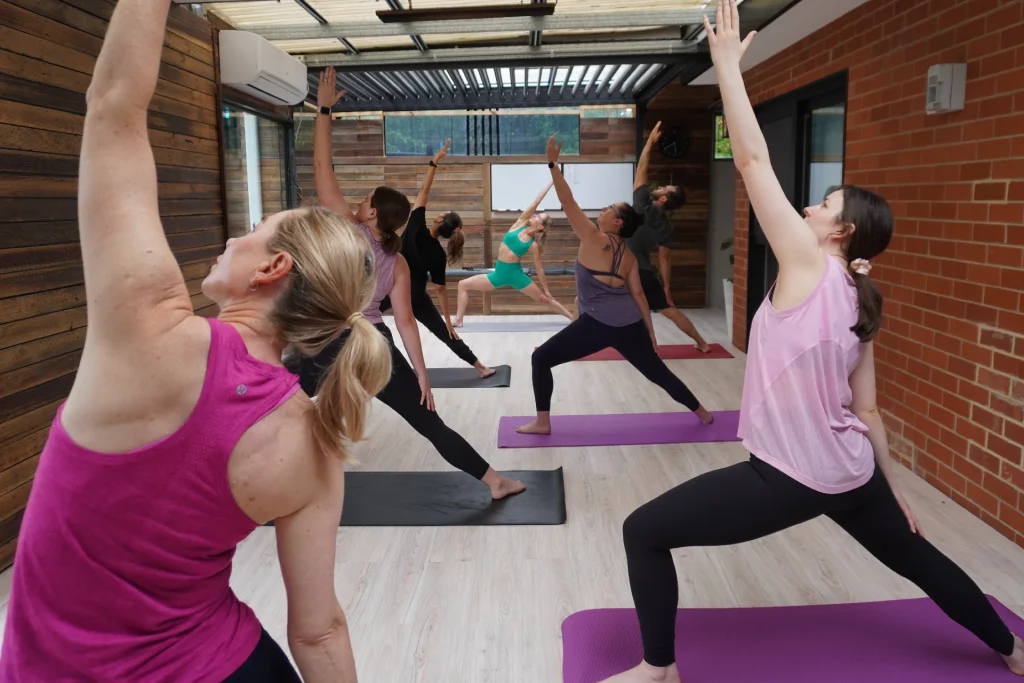Are you torn between cardio and strength training, wondering which path is the right one for your fitness journey? Well, you’re not alone in this dilemma! The age-old debate of cardio versus strength training has been a source of curiosity for fitness enthusiasts everywhere.
In this article, we’re going to unravel the ultimate difference between these two essential aspects of fitness, helping you make an informed choice that aligns with your health and wellness goals.
The Adventure of Cardio

Here’s a scenario: Picture yourself on a treadmill, gliding effortlessly, or maybe you’re out for a run, feeling the wind against your face. That’s the beauty of cardio! Also known as cardiovascular, this kind of exercise involves activities that will get your heart pumping and lungs working harder. Its main goal is to increase your endurance and burn calories.
Here are some key aspects of cardio training:
- Activities: Common cardio exercises include running, jogging, brisk walking, cycling, swimming, dancing, and aerobics. These activities get your heart and lungs working, making them stronger over time.
- Benefits: Cardiovascular training is excellent for improving heart health, enhancing lung capacity, and increasing overall endurance. It’s also a great way to burn calories, which can aid in weight loss or weight maintenance. Cardio workouts help reduce the risk of chronic diseases like heart disease, diabetes, and hypertension.
- Duration: Cardio sessions typically last anywhere from 20 minutes to an hour or more, depending on your fitness level and goals.
- Intensity: The intensity of cardio exercises can vary from low (e.g., walking) to high (e.g., sprinting). You can tailor your cardio workout to your fitness level and objectives.
The Journey of Strength Training

On the flip side, lifting weights or using resistance bands, we have the world of strength training where your body weight takes the centre stage. Strength training is all about building muscle, increasing your bone density, and improving your metabolic rate.
Unlike cardio, which mostly burns calories during the exercise itself, the beauty of strength training is that it continues to burn calories even after you’ve left the gym. You heard it right! Plus, who doesn’t want to tone those muscles and have a strong physique?
Let’s take a look at the key aspects of strength training:
- Activities: Strength training exercises include weightlifting, bodyweight exercises (e.g., push-ups, squats, pull-ups), and the use of resistance equipment. The primary goal is to challenge your muscles to adapt and grow stronger.
- Benefits: Strength training is essential for building lean muscle mass, increasing bone density, and boosting your metabolism. Unlike cardio, it continues to burn calories even after your workout due to the increased muscle mass. It also helps improve functional strength for daily activities.
- Duration: Strength training sessions typically involve shorter, more intense workouts, often ranging from 20 to 45 minutes. Frequency can vary, with some people training specific muscle groups on different days.
- Intensity: The intensity of strength training depends on the amount of resistance you use. You can progressively increase the weight or resistance as you get stronger.
So, what’s the ultimate difference?
What truly sets cardio and strength training apart? The answer lies in their focus and the benefits they offer. Cardio leans toward boosting your endurance, enhancing heart health, and helping with weight loss. On the other hand, strength training hones in on building muscle, revving up your metabolism, and sculpting a powerful physique.
The Perfect Combo: Cardio AND Strength Training
While cardio and strength training have distinct focuses, they aren’t completely incompatible. In fact, they complement each other beautifully. A balanced fitness routine often combines BOTH cardio and strength training to achieve a well-rounded approach to health and fitness.
Ultimately, the choice between cardio and strength training depends on your goals, preferences, and physical condition. Some people thrive with a 50/50 balance, while others lean more toward weights or endurance.
The key is to listen to your body, set clear fitness objectives, and design a workout routine that suits your unique needs.
So, what are your fitness goals? If you need a UNIQ workout routine from the pros, shoot us a message!




